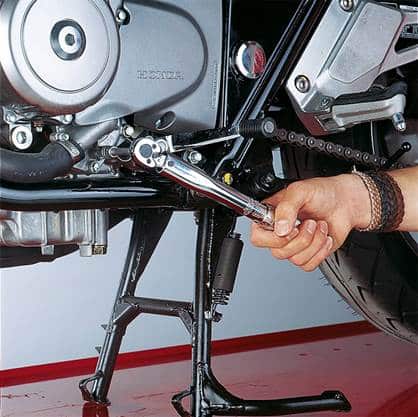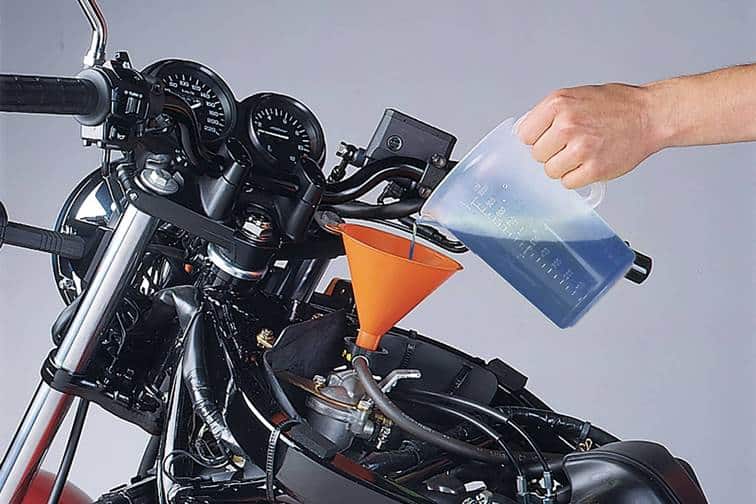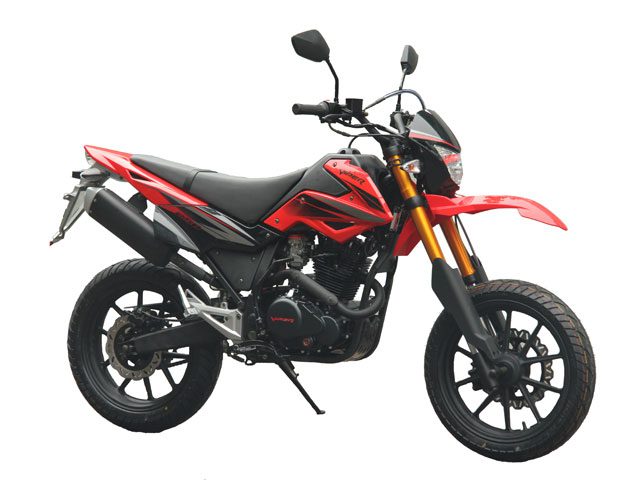Replacing the coolant in water-cooled engines
Content
Most modern motorcycles are equipped with liquid-cooled engines. Liquid-cooled or water-cooled engines are quieter and more efficient, but they require some maintenance.

How the cooling system works
Water cooling, or rather liquid cooling, is now the standard technology for internal combustion engines. The air-cooled engine with cooling fins is arguably more elegant than the water-cooled engine. However, when it comes to noise reduction, temperature uniformity, and engine cooling, the liquid cooling system simply works better.
The engine cooling circuit is divided into a small circuit and a large circuit. The small cooling circuit does not include a thermostatically controlled radiator (large cooling circuit) to bring the system to operating temperature faster.
When the coolant reaches a temperature of about 85 ° C, the thermostat opens and the coolant flows through the radiator under the influence of the wind. If the coolant is so hot that the radiator alone is no longer enough to cool it, the thermally actuated electric fan is activated. A motor-driven coolant pump (water pump) pumps coolant through the system. An external vessel with a water level indicator serves as an expansion and storage tank.
The coolant consists of water and a certain percentage of antifreeze. Use demineralised water to prevent limescale build-up in the engine. The added antifreeze consists of alcohol and glycol and anti-corrosion additives.
Premixed coolant for aluminum engines and silicate-free coolant for cooling systems specially designed for this purpose are also commercially available. Different types of coolants also come in different colors.
The note : It is important not to mix different types of fluids with each other, as this can cause flocculation and clogging of the cooling system. Therefore, before purchasing a new coolant, you should check your vehicle manual to see if it requires a special coolant or contact your specialist garage.
Change the coolant every two years. Also, do not reuse the coolant after draining it, for example. during engine overhaul.

Topic: maintenance and coolant
Antifreeze tester measures the frost resistance of the cooling water in ° C. Note that an unheated garage in winter will certainly protect you from snow, but not frost. If the coolant is not frost resistant, freezing can put strong pressure on the coolant hoses, the radiator, or in the worst case, the engine and cause them to explode.
Replacing the coolant in water-cooled engines: getting started
01 - Changing the coolant
The engine must be cold (max. 35 ° C) before replacing antifreeze. Otherwise, the system is under pressure, which could result in burns. Depending on the motorcycle model, first remove the fairing, tank, seat and side covers. Most engines have a drain plug located next to the coolant pump (if applicable, see the Owner's Manual).
Take a suitable container (for example, a multipurpose container) and remove the drain plug. First remove the drain screw and only then slowly open the filler cap so that you can slightly control the drain. For engines without a drain screw, simply remove the lower radiator hose. Do not reuse loosened hose clamps. Depending on the cooling system, the expansion tank may need to be removed and emptied.
The note : Dispose of all coolant properly.
If coolant spills onto painted car parts, flush with copious amounts of water.

02 - Tighten the screw with a torque wrench
When the system is completely empty, install the drain screw with a new O-ring, then screw it back in. Be sure to use a torque wrench to tighten it (refer to the workshop manual for torque) to avoid overtightening the screw in the aluminum bore of the engine.

03 - Fill in coolant
There are different types of antifreeze: already diluted (antifreeze resistant to freezing up to temperatures of about -37 ° C) or undiluted (then the antifreeze must be diluted with demineralized water). If the antifreeze is not diluted, check the packaging for the correct mixing ratio. Note: Use only demineralized water for mixing and filling. Note that antifreeze is also required in summer: after all, special additives protect the inside of the engine from rust or oxidation.
Slowly pour coolant into the filler hole until the level stops dropping. Then let the engine run. If the engine has a bleed valve, open it until all air is exhausted and only coolant is coming out. It may happen that after opening the thermostat, the level drops rapidly. This is quite normal as water now flows through the radiator (large circuit). In this case, add coolant and close the filler cap.

Depending on the system, you still need to top up the coolant in the expansion tank until the level is between the Min marks. and Max. Now let the engine run until the electric fan starts. Monitor the coolant level and engine temperature throughout operation.
The water has expanded due to heat, so the coolant level should be checked again after the engine has cooled down with the motorcycle in an upright position. If the level is too high after the engine has cooled down, pump off the excess coolant.
04 - Straighten the cooling fins
Finally, clean the outside of the radiator. Easily remove insects and other dirt with an insect repellent and a light spray of water. Do not use steam jets or strong water jets. Bent ribs can be gently straightened with a small screwdriver. If the material is cracked (aluminum), do not twist it any further.

Click here for more information
